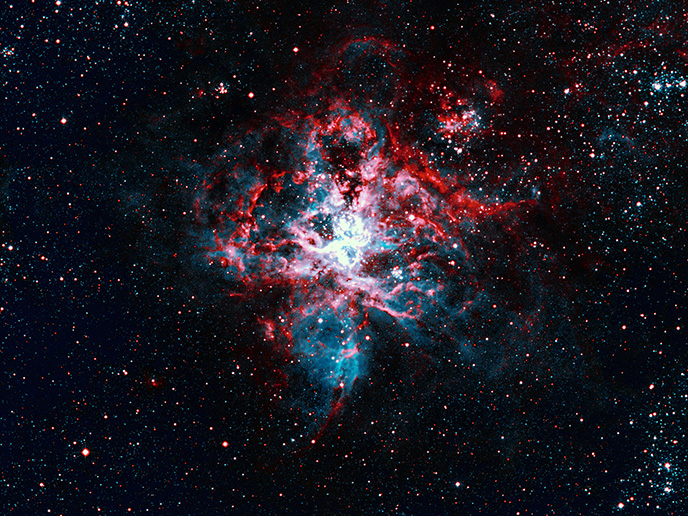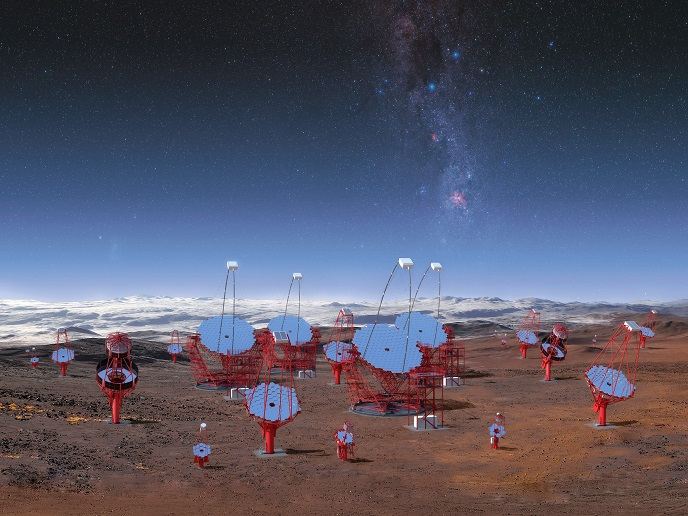Particle acceleration at astrophysical shocks
High-energy particles are common throughout the universe. Their energies range from megaelectronvolt (MeV) in the heliosphere to teraelectronvolt (TeV) in supernova remnants. At low energies, they are detected by satellites, while at high energies they arrive on the surface of the Earth as cosmic rays. To date, it is thought that cosmic rays originate from powerful outflows emanating from supernova explosions and GRBs. Particles are accelerated at the shock front and then released in the interstellar medium. However, the mechanisms through which they are released and the way they propagate remain unresolved. These questions were addressed within the EU-funded project SHALOM (Explosive phenomena in the Universe: Gamma-ray bursts and supernova remnants as high-energy particle acceleration sites). Recent observations from the Fermi Large Area Telescope (LAT) were used to gain insights into the properties of cosmic rays. Astrophysicists created a spectral map of diffuse gamma-ray radiation stemming from the decay of neutral pions, particles produced by the interaction of cosmic rays and ambient protons. The available observations were then compared with model predictions. A Monte Carlo simulation code was developed to reproduce the propagation of cosmic rays in the galactic disk. The SHALOM team also accounted for the inhomogeneous distribution of cosmic ray sources and the motion of the galactic arms where supernova remnants are more likely concentrated. The spectral slope of diffuse gamma-ray radiation was found to change considerably as a function of the galactic longitudes and latitudes in both the observations and the model predictions. Astrophysicists explained the main trends as the result of galactic arms dynamics. In addition, they analysed Fermi LAT observations of more than a hundred GRBs. The aim was to confirm if the high-energy radiation observed had originated at the relativistic forward shock produced through the interaction with the surrounding medium. The SHALOM team explored the scenario in which the observed emission is dominated by synchrotron radiation from electrons accelerated at the shock and radiating in the presence of amplified electric fields. However, they argued that inverse Compton radiation is also a significant component in a few cases. The comparison of theoretical predictions with Fermi LAT observations led to interesting conclusions, published in high-impact peer-reviewed scientific journals. Although focused on stellar remnants, SHALOM results will have implications for the study of other cosmic accelerators, such as active galactic nuclei.







